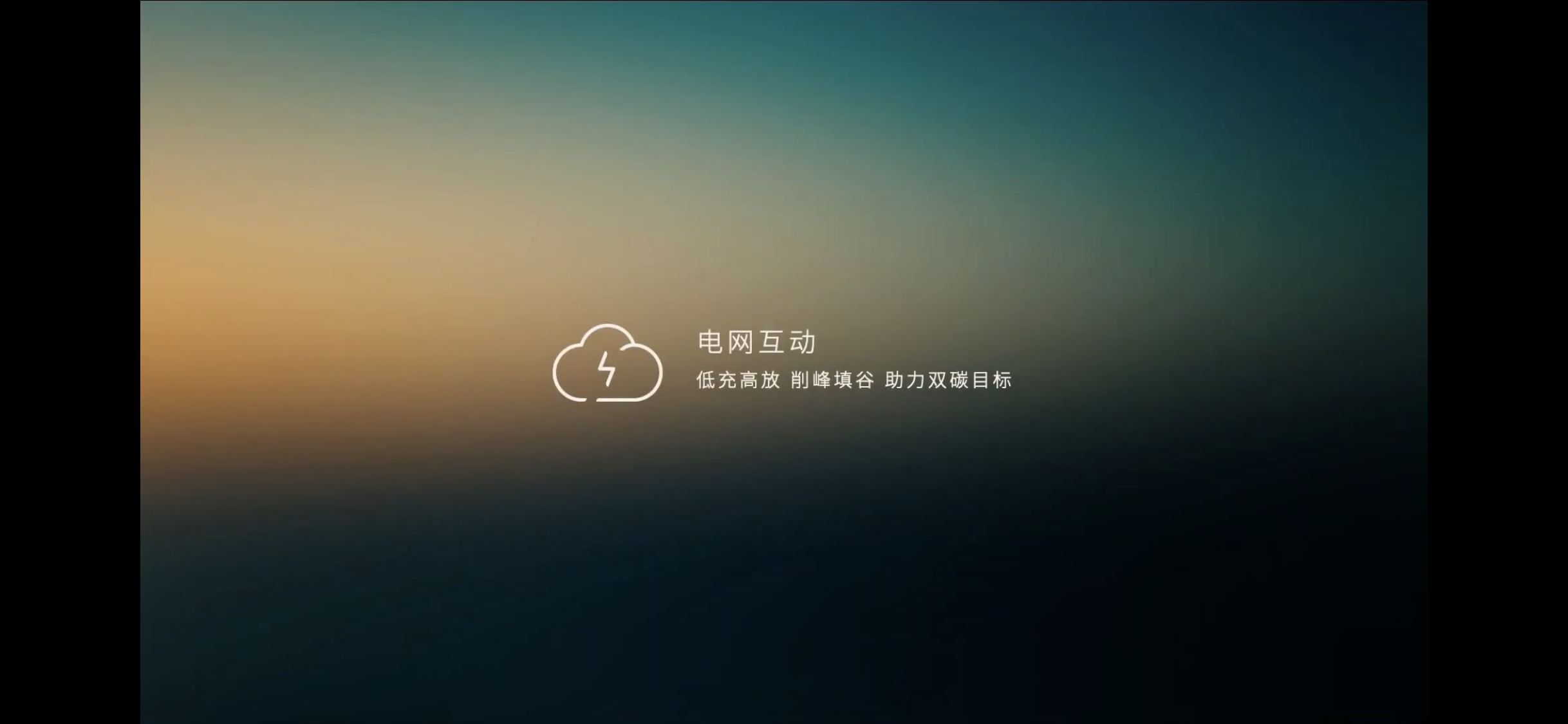During these days, due to the hot weather and severe shortage of water and electricity, some areas in China have already implemented power rationing measures, which is quite alarming. Today, I want to share with you some of my thoughts on the power grid and electric vehicles. 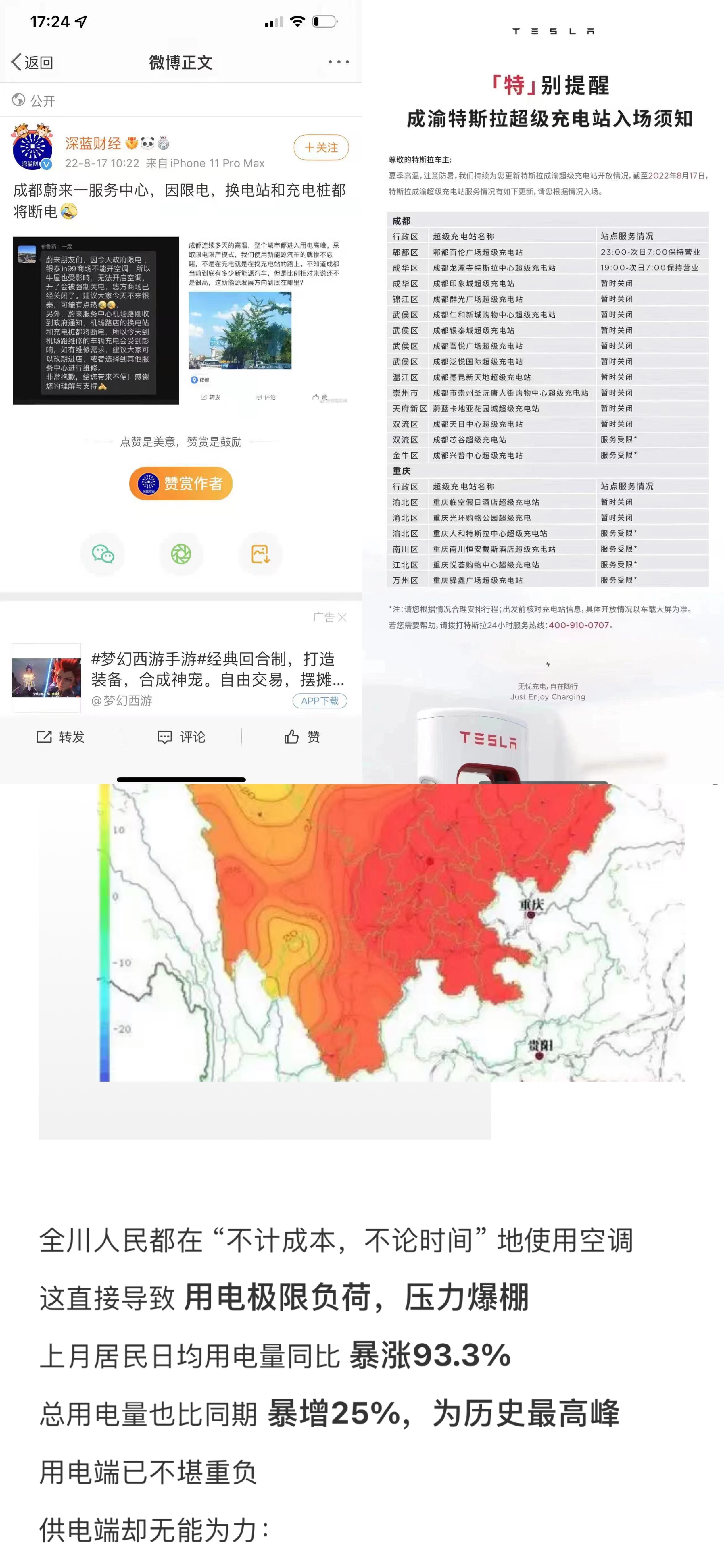
One characteristic of cars is that they are stationary for 90% of the time. Can electric vehicles play a stronger role in regulating the power grid while parked?
NIO
First of all, NIO is the first automaker in China to organize a large-scale user participation in the power grid demand response. When there is more electricity in the grid, there is a need for peak shaving and valley filling. NIO can easily organize car owners to charge at specific times to help balance the power grid. At these times, car owners can receive additional subsidies, cheaper charging, and NIO points to be used in the NIO store.
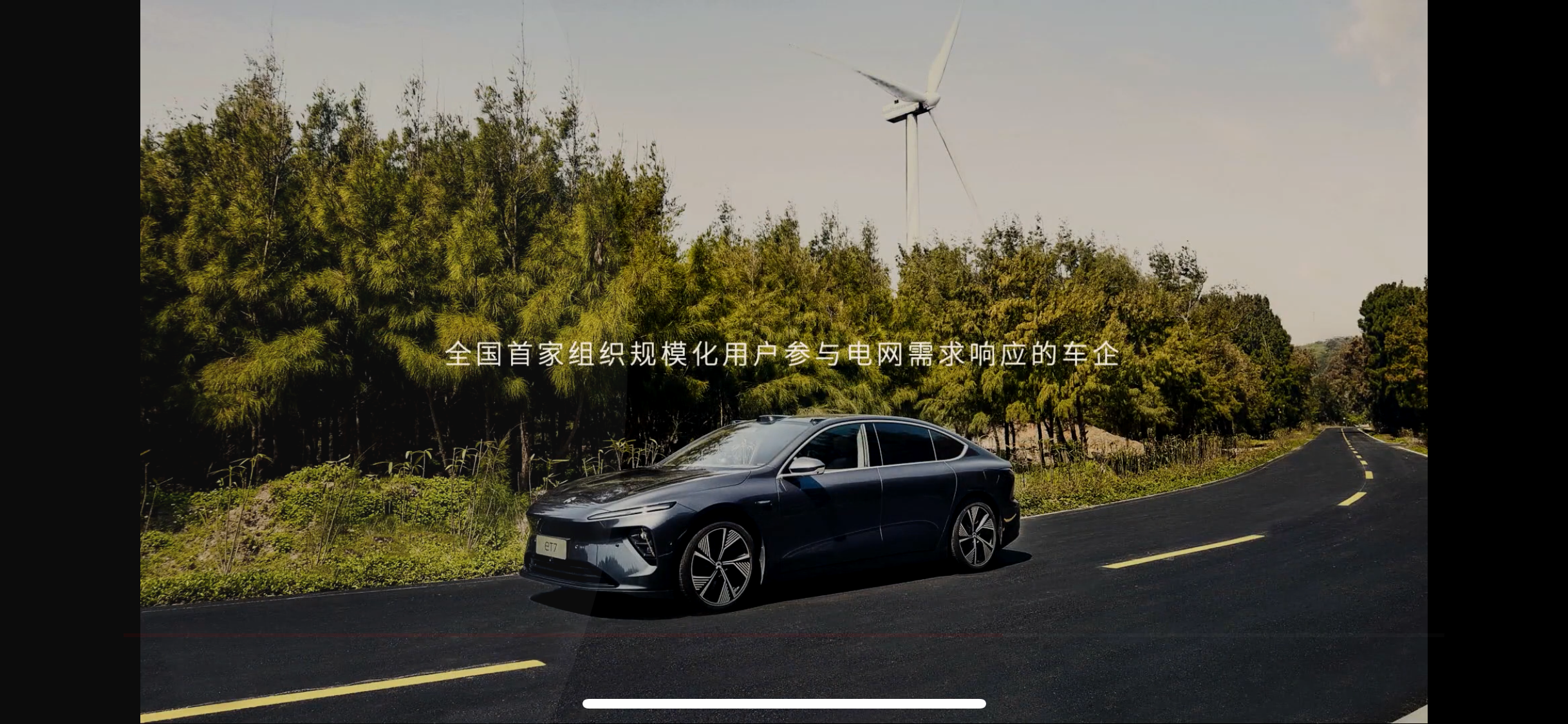
Secondly, NIO is also exploring V2G bidirectional charging piles with low charging and high discharge. Parking the car in a certain place during the daytime is equivalent to a power generator, which can supply power back to the power grid.

Thirdly, bidirectional battery swap stations further explore the interaction between charging facilities and the power grid. Regular battery swap stations can only charge batteries unidirectionally from the power grid and swap them for users. Bidirectional battery swap stations can send the power stored in the batteries back to the power grid in reverse. If the battery swap station has 13 batteries with 100 degrees of power, it is equivalent to an energy storage device with 1,300 degrees of power. It can play a good role in regulating the power grid. Building more battery swap stations at lower cost would benefit users and the power grid.
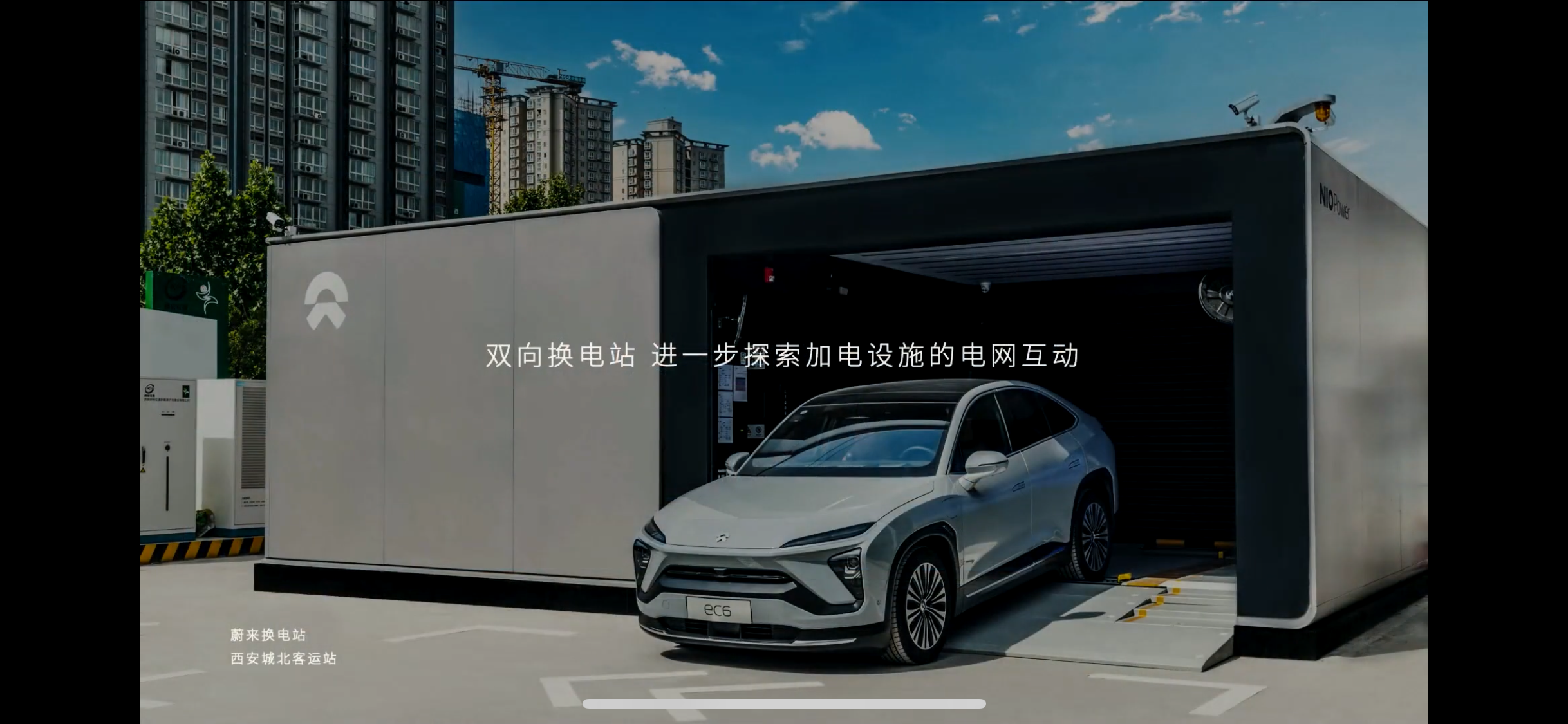
Now, there is already a bidirectional battery swap station in Xi’an, which can supply power back to the power grid when needed and also make a profit.
The development of NIO’s third-generation battery swap station is also going smoothly, and it can be coordinated with ultra-fast charging technology. Each battery swap station is an energy storage point. Imagine that in the future, if solar energy storage technology is used in battery swap stations, it will bring many positive effects to users and the power grid.
Fourth, off-peak charging. Charge all batteries when the electricity price is lowest and try to charge as little as possible during the peak usage period when electricity is most expensive, which would also avoid delaying the battery swap for the next user.
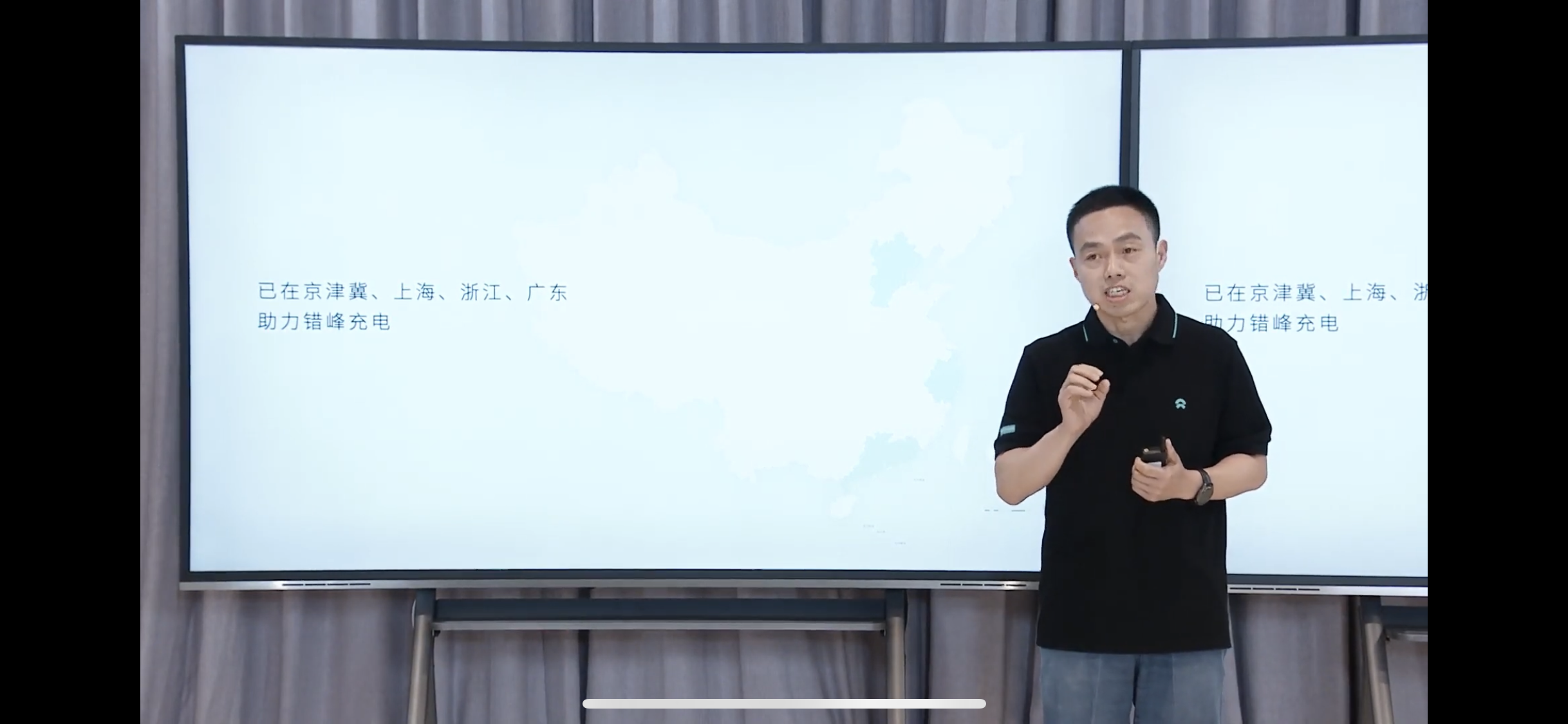 # NIO
# NIO
NIO will also interact with the power grid in provinces with more clean energy. By using more efficient methods to charge or replace batteries with less electricity and supplying power back to the grid when necessary, it can benefit society, absorb more clean energy, and help China achieve its dual carbon goals.
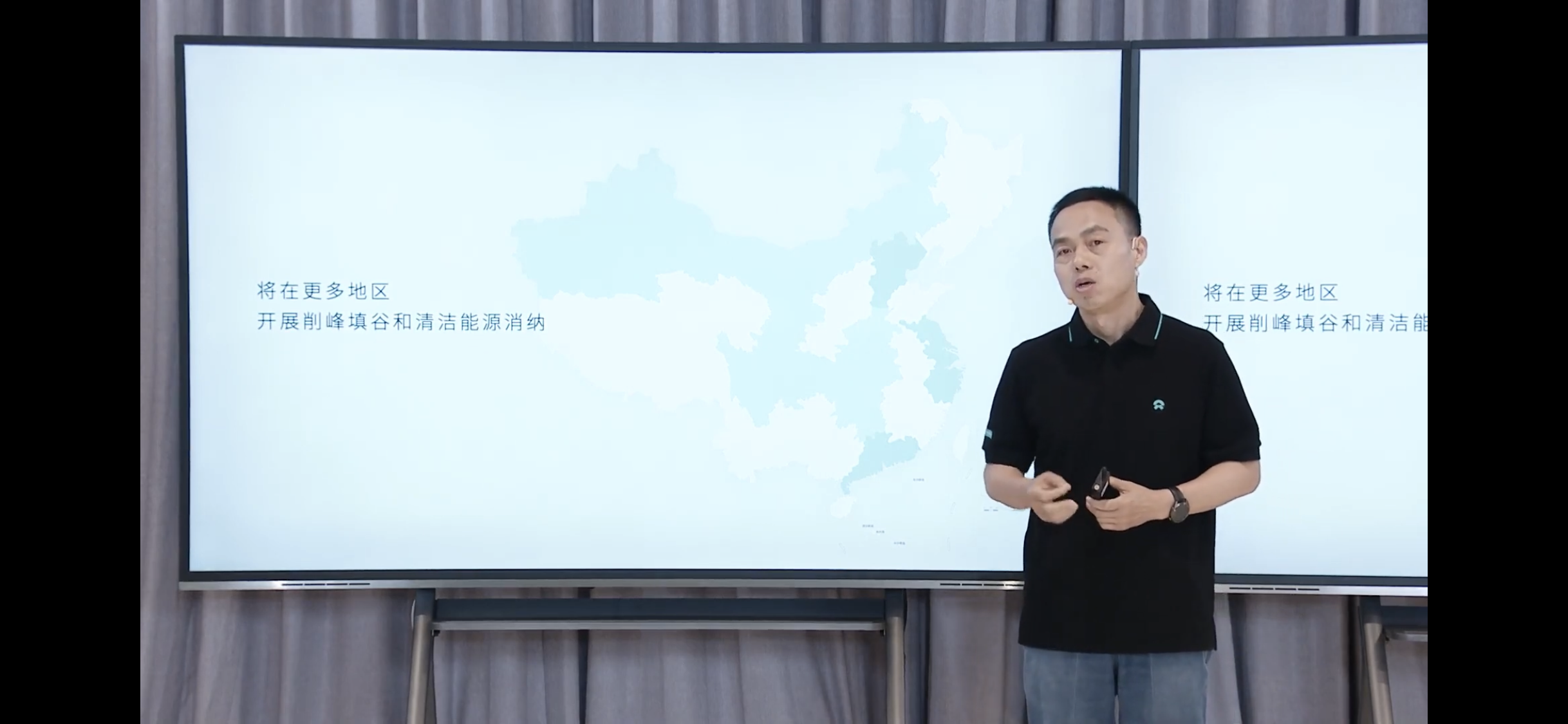
XPeng
A few days ago, XPeng just released the S4 super fast charging station with a peak power of 480KW. Such high power demands will have a great impact on the power grid. If corresponding energy storage devices are not created, I don’t think the popularity of this kind of super fast charging station is favorable. Also, a single station cannot have only one charging pile, as the charging power will decrease when several piles work together.

XPeng has created supercharging energy storage stations, which use valley-filling and peak-cutting to provide more stable electricity capacity, thus reducing the pressure on the power grid. Super fast charging is more suitable to cooperate with energy storage and interact with the power grid. When using super fast charging stations, stability can be improved.
We hope everyone can save electricity, and electric vehicle companies should also work with the power grid to benefit people’s livelihoods and eliminate more prejudice.
Finally, Bin Ge is watching!

This article is a translation by ChatGPT of a Chinese report from 42HOW. If you have any questions about it, please email bd@42how.com.
